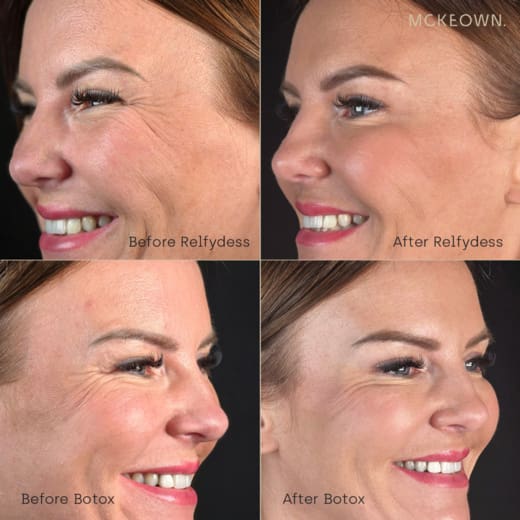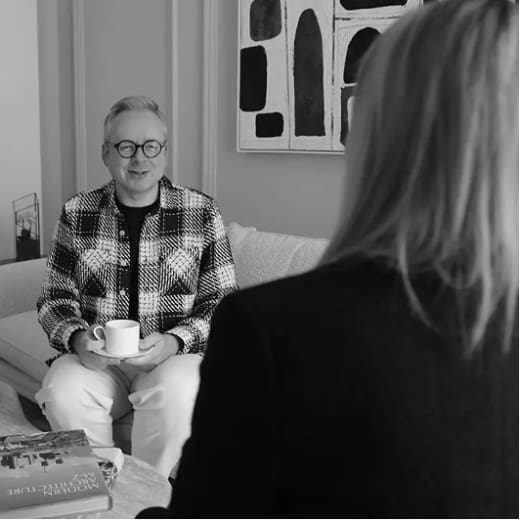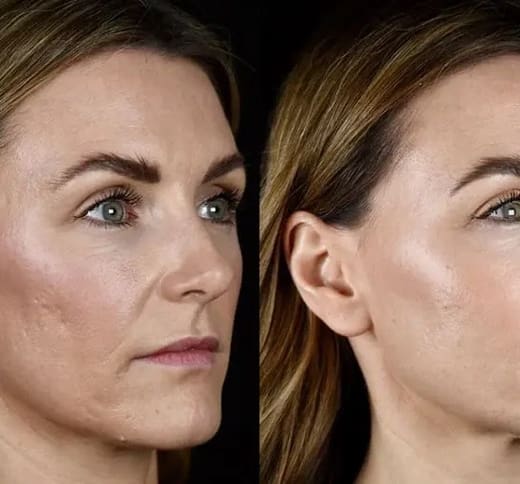McKeown Medical
167 Bath Street, Glasgow, G2 4SQ
Date posted — 5.10.24
As always in medicine, the best treatment is prevention – which means avoiding the sun as much as possible and covering up and protecting the skin with SPF when it’s not possible to avoid sun exposure.
But let’s assume you maybe take care of your skin now, but you weren’t so good in your younger years, and you’ve got some historic sun damage that you want to get rid of.
How do you go about getting rid of that old sun damage on the face and body?
The mainstay of treating sun damage is laser treatment, and there are three main categories of lasers you can use to treat sun damage.
The first category is ablative – which means that it removes tissue from the surface of the skin.
The ablative lasers can then be subdivided into fully ablative lasers – which remove the entire surface of the skin – and fractional ablative lasers, which remove only a fraction of the skin’s surface.
The final category is the non-ablative lasers, which don’t remove any tissue from the skin’s surface.
Let’s start with the non-ablative devices.
My favourite non-ablative way to treat sun-damaged skin anywhere on the body (we most commonly treat it on the face, but we can treat it pretty much anywhere on the body) is broadband light.
Ok, so technically, this is not a laser because it uses more than one wavelength of light. But let’s forget about the physics and think of it as a laser.
Broadband light (BBL) is an excellent technology for shattering pigments in the skin, which gets rid of the brown spots or age spots or areas of hyperpigmentation if we want to use their technical name.
BBL is also excellent for reacting with the red pigment in blood vessels, causing the blood vessels to close down and clear patches of redness.
It is also an excellent stimulator of collagen renewal, improving the organisation of collagen and elastin fibres in the skin, which, over time, improves the texture of the skin’s surface.
BBL is by far and away my favourite treatment to prescribe in the clinic because pretty much anyone over the age of 30 benefits from it. There is usually no downtime at all, and it’s a relatively gentle treatment you can repeat every six months or so to keep your skin in great shape.
If you have more severe changes to the texture of the skin, particularly with fine lines and wrinkles then we need to think about adding in some ablative laser resurfacing.
When the texture changes are more than we can deal with non-ablative laser treatment but not quite severe enough for full resurfacing, then a fractional ablative device is our go-to.
For this, I love the Halo laser from Sciton.
The unique thing about this device is that it combines two different lasers (one ablative and one non-ablative) that fire at the same time, meaning you can target different layers of the skin simultaneously.
We tend to be pretty aggressive in our approach with this, so most patients can expect 5-7 days of downtime, but when your skin is healed, you get the famous ‘Halo Glow’ and continued improvement in the surface of the skin for a few months later.
For the most severe sun-damaged skin with deep lines and wrinkles that are really etched into the surface of the skin, however, we need to get out the big guns – the fully ablative laser.
This removes the entire surface of the skin so that the skin grows back like new again.
It’s an extremely effective treatment that can get rid of even the most stubborn wrinkles, however it is also the most invasive option that most people want to avoid.
For that reason, not many clinics offer this treatment, but for some patients, it’s just the right treatment and the only one that will give them the results they are looking for.

When a new wrinkle-relaxing treatment comes to market, it often generates a lot of buzz but at McKeown Medical, we...

Think varicose vein treatment is painful, risky, or ineffective? Discover the truth as we debunk 5 common myths and reveal...

Struggling with acne scars? We compare microneedling and laser resurfacing to reveal which treatment smooths skin, boosts collagen, and reduces...
1 / 3
2 / 3
3 / 3

When a new wrinkle-relaxing treatment comes to market, it often generates a lot of buzz but at McKeown Medical, we...

Think varicose vein treatment is painful, risky, or ineffective? Discover the truth as we debunk 5 common myths and reveal...

Struggling with acne scars? We compare microneedling and laser resurfacing to reveal which treatment smooths skin, boosts collagen, and reduces...